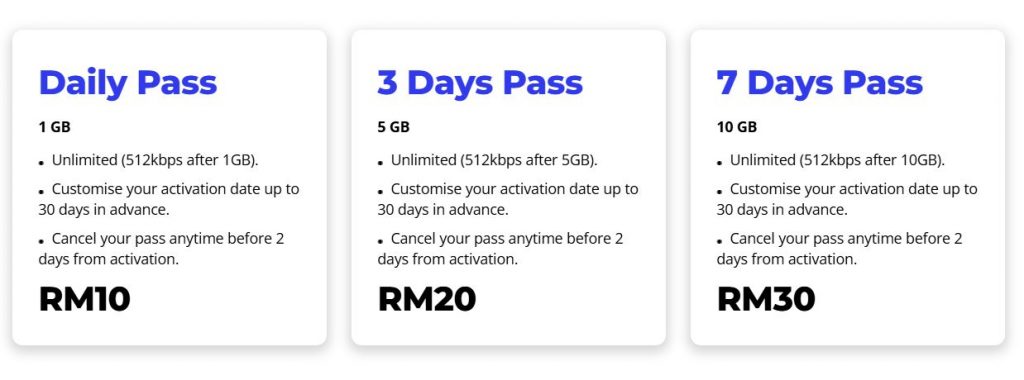Digital experience monitoring (DEM) collects and analyzes how users interact with digital systems, services, and applications. The goal of DEM is to ensure that users have a positive experience when using digital products, which can help to improve customer satisfaction and increase business revenue.
DEM typically involves using various monitoring tools and technologies to collect user behavior and system performance data. This data can include information on website load times, page views, user clicks, user navigation paths, error rates, and more. DEM tools can also monitor user feedback, such as comments, reviews, and ratings, to gain insight into user sentiment and identify areas for improvement.
-
A critical benefit of DEM is that it allows organizations to identify issues and problems in their digital systems before they impact users. By monitoring system performance in real-time, DEM tools can alert IT teams to potential problems and allow them to take corrective action before users experience downtime or performance issues.
-
Another vital aspect of DEM is the ability to measure and optimize digital performance. By collecting and analyzing data on user behavior and system performance, organizations can identify and change areas that need improvement. This can include improving website load times, streamlining user workflows, and reducing error rates.
-
Overall, digital experience monitoring is critical for any organization that wants to ensure that its digital systems are performing optimally and providing a positive user experience. By monitoring user behavior and system performance, organizations can identify areas for improvement, make changes to optimize the user experience, and ultimately improve customer satisfaction and drive business growth.
End-user experience monitoring (EUEM) measures and analyzes how end-users interact with digital systems, applications, and services. This type of monitoring is crucial for ensuring that users have a positive experience when interacting with digital products, which can help to improve customer satisfaction and drive business success. These five metrics for end-user experience testing are crucial:
1. Response Time
One of the most important metrics of EUEM is response time which refers to the time taken by a system to respond to a user request or action. This includes the time it takes for a page to load, a form to submit, or an application to complete a task. Slow response times can negatively impact the user experience, leading to frustration, lower engagement, and even lost revenue.
EUEM tools typically use synthetic or real user monitoring (RUM) to measure response time. Synthetic monitoring involves simulating user interactions with a system to measure performance, while RUM involves collecting data on actual user interactions. By measuring response time, organizations can identify areas of the system that are performing poorly and make changes to improve performance.
2. Error Rate
Another important metric of EUEM is the error rate. Error rate refers to the percentage of user interactions that result in an error. Errors include broken links, missing images, failed login attempts, and crashes. High error rates can be a sign of poor system performance or bugs in the software, which can negatively impact the user experience.
EUEM tools typically use RUM to collect data on actual user interactions to measure error rates. By monitoring error rates, organizations can identify areas of the system that are causing problems and take corrective action to improve performance.
3. Conversion Rate
Conversion rate is another important metric of EUEM, particularly for organizations that rely on digital products for revenue. Low conversion rates can be a sign of poor user experience, which can lead to lost revenue and lower business growth.
EUEM tools typically use RUM to collect data on user interactions and track conversions to measure conversion rates. By monitoring conversion rates, organizations can identify areas of the system causing users to abandon the conversion process and take steps to improve the user experience and increase revenue.
4. User Engagement
User engagement is another important metric of EUEM, as it can indicate how well users interact with a system. User engagement refers to the interest users show when interacting with a system. This can include the number of pages visited, time spent on a site or application, and the frequency of interactions.
EUEM tools typically use RUM to collect data on user behavior and track engagement metrics to measure user engagement. By monitoring user engagement, organizations can identify areas of the system that are causing users to disengage and take steps to improve the user experience and increase engagement.
5. User Satisfaction
Finally, user satisfaction is an essential metric of EUEM, as it can provide insight into how well a system is meeting the needs and expectations of users. User satisfaction refers to users’ overall satisfaction with a system, including factors such as usability, design, and functionality.
EUEM tools typically use surveys or other feedback mechanisms to collect data on user satisfaction levels to measure user satisfaction. By monitoring user satisfaction, organizations can identify areas of the system that are causing frustration or dissatisfaction and take steps to improve the user experience and increase satisfaction levels.
End-user experience monitoring is critical for any organization that wants to ensure that its digital systems are performing optimally and providing a positive user experience. By monitoring metrics such as response time, error rate, conversion rate, user engagement, and user satisfaction, organizations can identify areas for improvement and make changes to optimize the user experience.
To effectively monitor these metrics, organizations should use UX testing tools like HeadSpin, which provide real-time data on user behavior and system performance. These tools should also allow for customization and integration with other monitoring and analytics tools to provide a comprehensive view of system performance.
In addition to monitoring these metrics, organizations should regularly analyze the data to identify trends and patterns. This can help identify the root causes of problems and make more informed decisions about improving the user experience.
Overall, end-user experience monitoring is a critical practice for any organization that wants to ensure that its digital systems are meeting the needs and expectations of users. By monitoring these five key metrics, organizations can identify areas for improvement, make changes to optimize the user experience, and ultimately improve customer satisfaction and drive business success.




